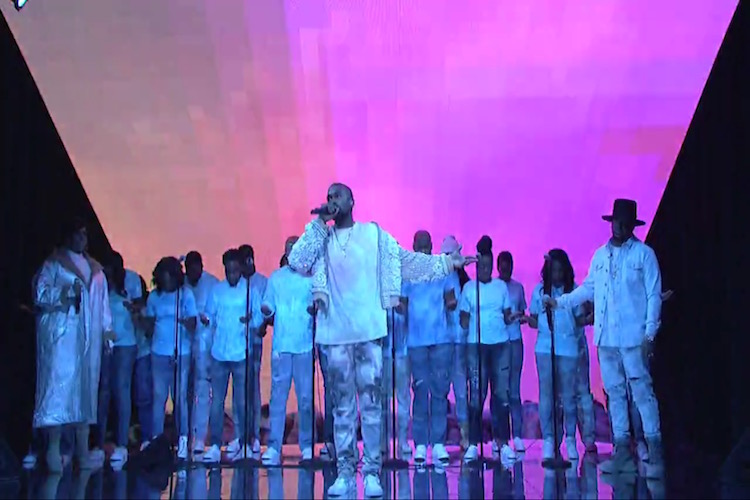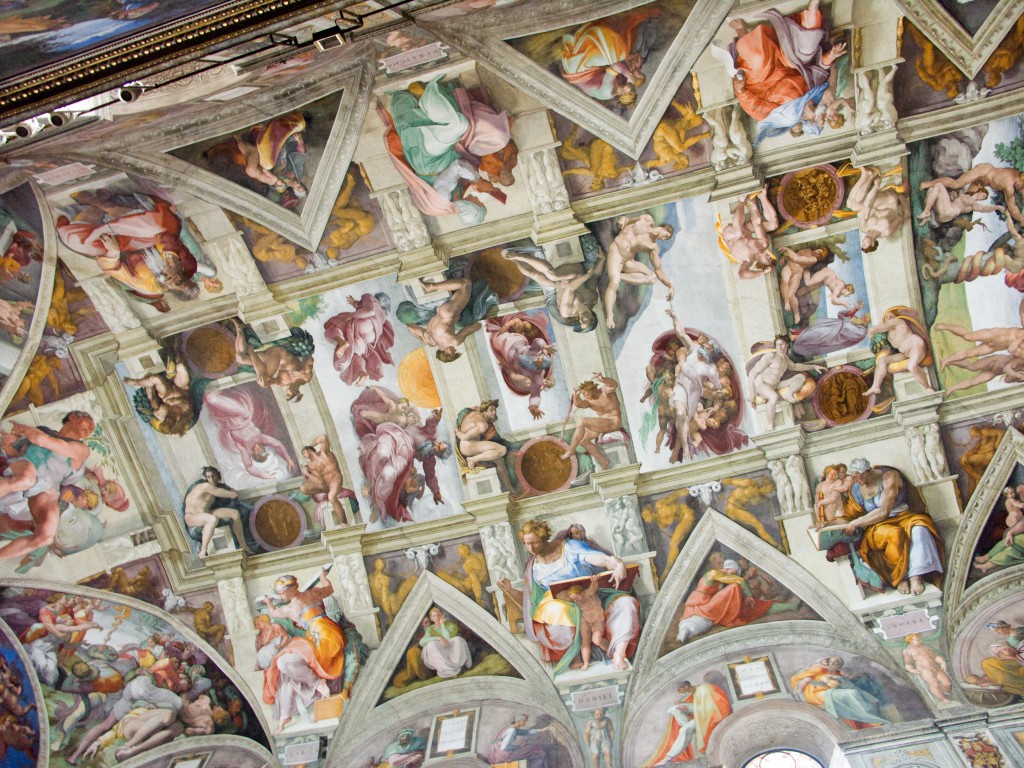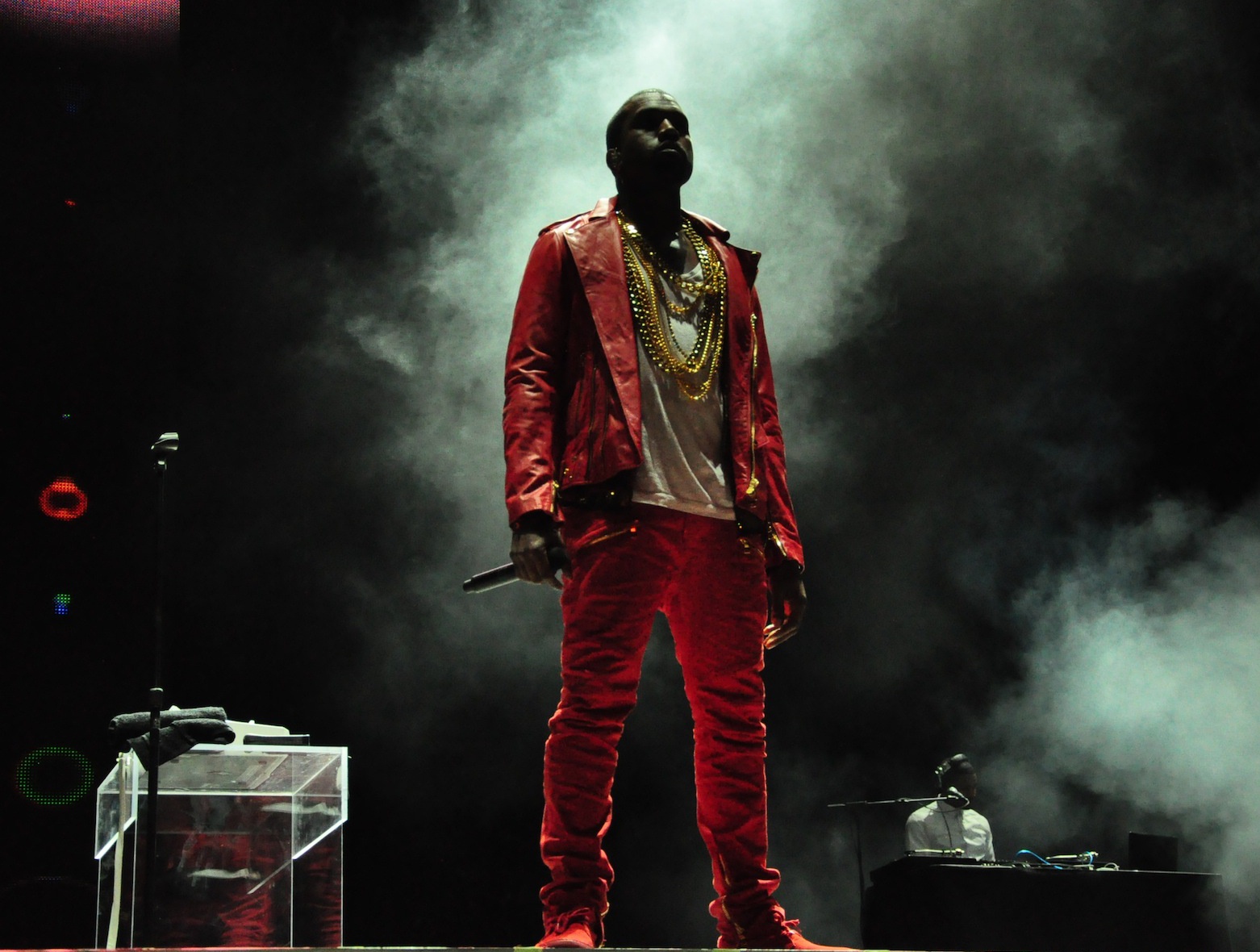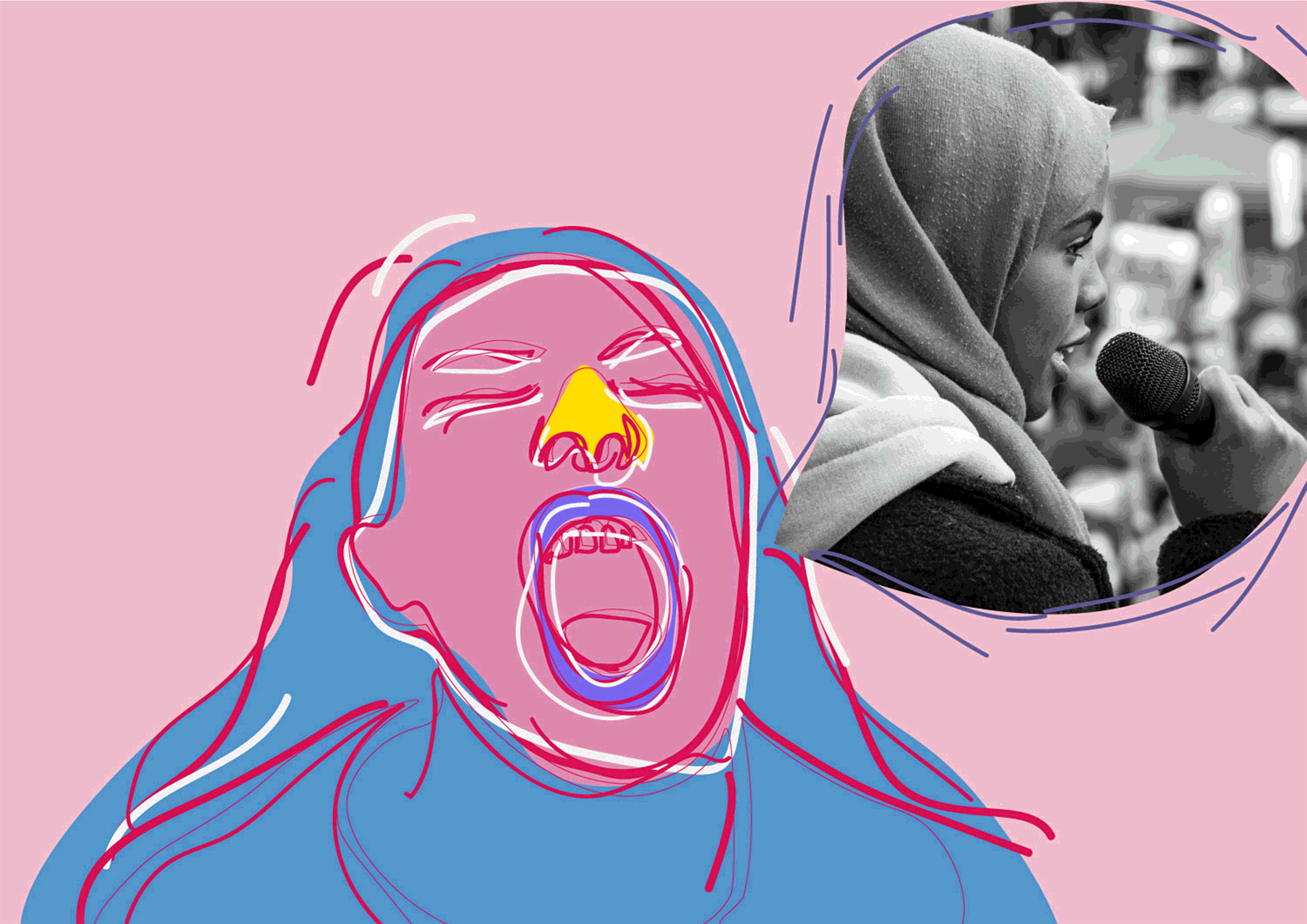
“A lot of people tell me ‘Ultralight Beam’ is my greatest artwork to date only rival being ‘Jesus Walks’.” – Kanye West
Kanye is right. ‘Jesus Walks’ is his only other song that competes with the transcendence of ‘Ultralight Beam’. Both songs, and any others that combine heartfelt lyrics and a gospel choir, are everything you want a song to be: uplifting, exhilarating, and transformative.
These songs are addictive. Each listen highlights a different lyric or element of production. No doubt, we have West to thank for his production skills and ability to meld musicians whose voice complement each other so well on to one track. But the choice to create an overtly gospel introduction which is linked to a genre of music that isn’t known for saintly qualities, signifies the power of gospel music and how it can be used to elevate songs from earthly to transcendent.
The church has always used the resources of the best painters, architects, singers and composers. Consider the Sistine Chapel (above), Michelangelo painted the ceiling. The architecture is breath taking and one of the oldest religious choirs still sing there. It offers the best of everything to facilitate a multi-sensory experience for worshippers.
If you take ‘Ultralight Beam’ for face value, the artists Kanye brought together give you an idea of the tone of the track. We have: Kirk Franklin an eight time Grammy-winning musician and musical director whose compositions infiltrate every corner of gospel and the mainstream music industry; Chance The Rapper an acclaimed rapper, singer, and producer who bottles up the energy of Pentecostal church in his triumphant horns and choruses, taking you to a morning service in his production (notice how his verse does not go by without a horn feature); Kelly Price, who is best known for providing backing vocals to Mariah’s ‘Fantasy’, and working with Bad Boy (‘Mo’ Money Mo’ Problems’, ‘Feel So Good’). Price isn’t in fact a gospel singer, but for ‘Ultralight Beam’ she has to reproduce the battle cry of a church singer. The final feature on the track is The-Dream, and his mournful wailing melody precedes his prayer; a situation the black church is all too familiar with.
It’s telling that Kanye barely appears on this track. His passing appearance admits to not being able to achieve what was intended with only his skill-set, much like his use of a sample in ‘Jesus Walks’. There he presented the message, but left it up to The Arc Choir to do the spiritual legwork. In the same way that hip-hop samples are usually references of soul’s golden era to honour the trailblazers of before, gospel is used to connect to listeners on a level that the artists cannot reach alone. Considering the lyrical content West displays later in The Life Of Pablo, it makes sense that he would use other voices to strengthen his resolve. However, like other secular hip-hop songs that rely on gospel choirs, a thread can be traced to some degree of faith in God even if it seems to contradict their behaviour.
Ultimately, the familiar gospel choir sound you get on ‘Ultralight Beam’ is as close as you can get to a church experience in pop culture without actually attending one. Gospel-infused hip-hop transcends the earthly realm, but also genres and beliefs, dipping into both religious and non-religious circles. For most, it’s a great song that happens to have a gospel choir in it. For gospel-lovers who don’t usually engage with his music, there’s cross over appeal. They’ll listen at least once, even if that’s just to criticise Franklin for collaborating with West. For those “trying to keep their faith”, who can reconcile themselves with every aspect this song, their enjoyment comes in a double portion.










